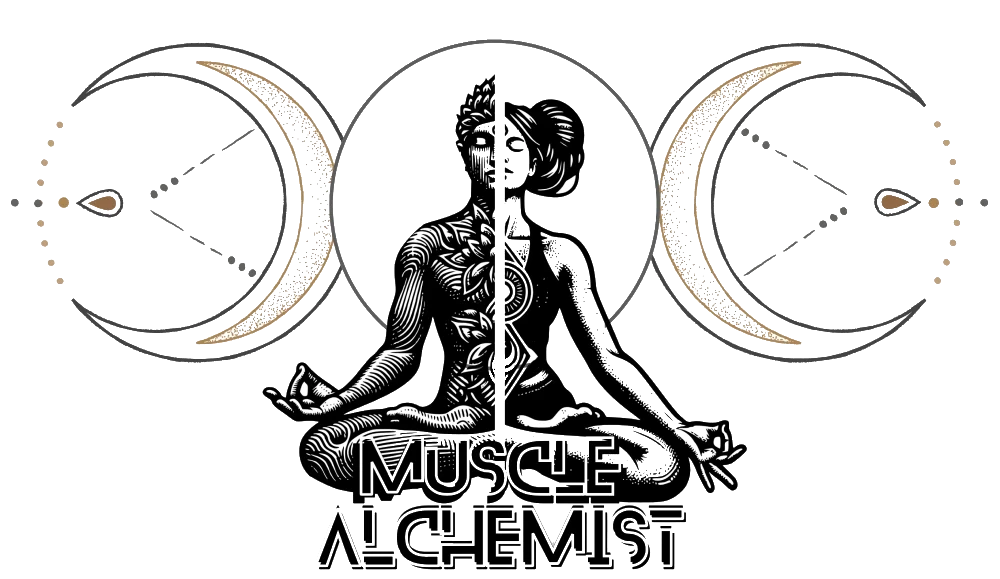When we think about fitness, we often prioritize strength, endurance, or aesthetics. But if you’re neglecting flexibility and mobility, you’re leaving gains—and long-term health—on the table. This blog unpacks why flexibility and mobility matter, and how they can dramatically enhance your performance, reduce injury risk, and improve everyday movement.
1. Flexibility vs. Mobility: What’s the Difference?
While they often get lumped together, flexibility and mobility are not the same.
- Flexibility is the ability of a muscle to lengthen passively.
- Mobility is the ability of a joint to move actively through its full range of motion.
Think of it like this: flexibility is the stretch, mobility is the control.
Both are crucial. Without adequate mobility, your squat depth suffers. Without flexibility, your hamstrings might limit your stride. Improving one helps the other, but they must be trained intentionally.
2. Why Mobility Training Improves Performance
Mobility training isn’t just for yogis or rehab patients. Athletes in every sport benefit from better joint movement.
Here’s what good mobility unlocks:
- Deeper squats with less knee stress
- Smoother shoulder presses without impingement
- Better running form with reduced risk of shin splints
- Improved posture and breathing mechanics
3. Common Mobility Restrictions (and What to Do)
Here are some everyday mobility issues—and how to address them:
- Tight hips → Hip CARs, 90/90 switches, couch stretch
- Limited shoulder rotation → Banded dislocates, wall angels
- Stiff ankles → Ankle dorsiflexion drills, slant board calf stretches
- Thoracic spine tightness → Foam rolling, open books, cat-cow
Spending just 10–15 minutes daily can reverse years of poor movement patterns.
4. Flexibility: More Than Just Stretching
Static stretching has its place, but modern flexibility work includes:
- PNF stretching (contract-relax techniques)
- Loaded stretching (stretching under light tension/load)
- End-range isometrics (to strengthen in the stretched position)
A flexible muscle is more resilient under tension and recovers faster after training.
5. How to Build a Weekly Routine
Here’s how to incorporate flexibility and mobility into your existing workouts:
- Before training: Dynamic mobility (leg swings, deep lunges, arm circles)
- After training: Static or PNF stretches (30-60 seconds per hold)
- Rest days: 20–30 mins of full-body mobility + foam rolling
And don’t just stretch what’s tight—train what’s weak. Often, tight muscles are compensating for lack of stability elsewhere.
6. Tools That Help
While bodyweight is often enough, tools can amplify your results:
- Resistance bands for joint distraction
- Foam rollers for myofascial release
- Lacrosse balls for trigger points
- Slant boards for ankle work
Investing in a few simple tools can completely transform your mobility training.
Final Thoughts
Improving flexibility and mobility doesn’t just make you feel better—it helps you move better, train better, and live better. You’ll recover faster, perform at a higher level, and reduce your risk of injury.
Remember: performance without pain is sustainable. Prioritize movement quality now to unlock your full potential tomorrow.

